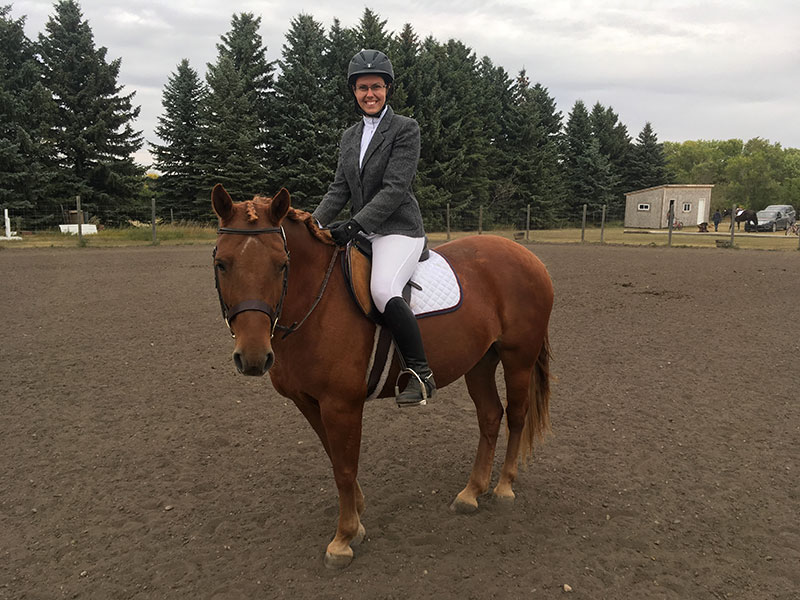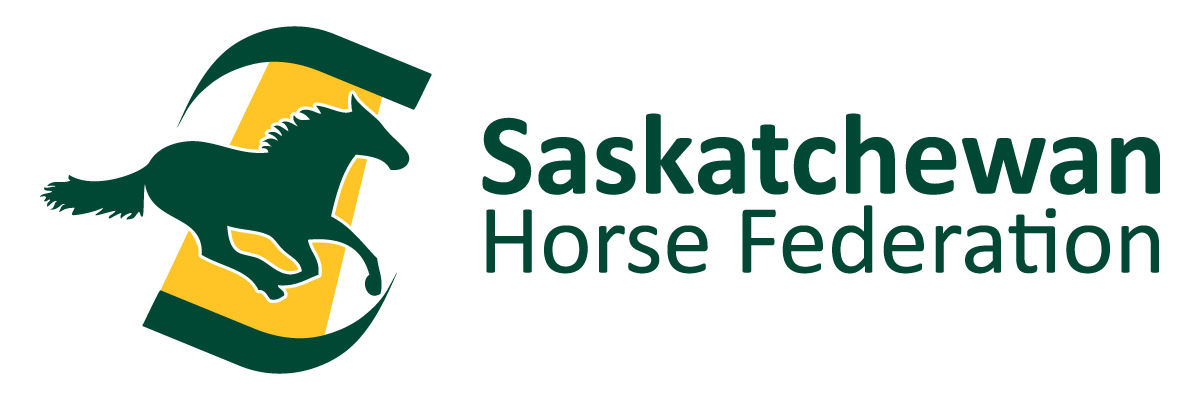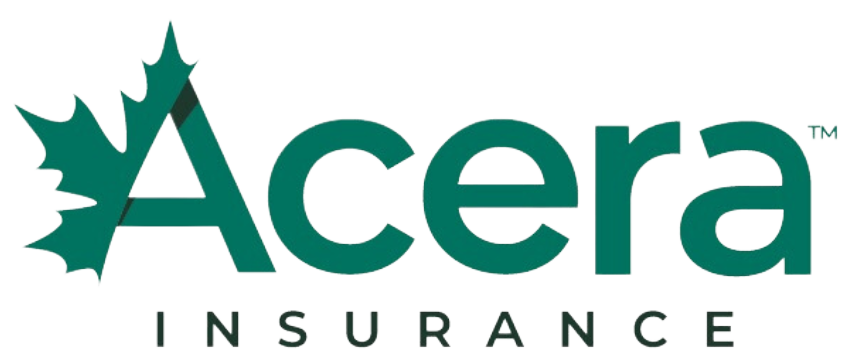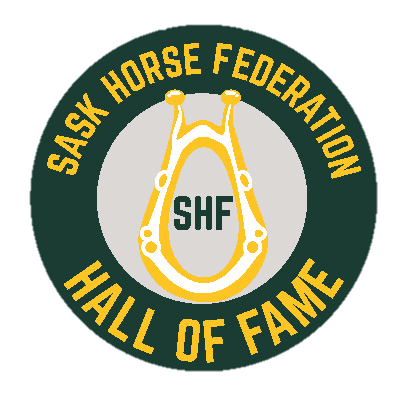Equestrians love tackling a challenge, whether it’s speed, height, agility, endurance, or simply partnering with large, free-thinking animals. However, a reality of sport is that challenges can also come with the risk of injury or concussion. That’s why, in 2017, Equestrian Canada (EC) introduced a Return-to-Play protocol to promote the education, recognition and management of concussions.
The Return-to-Play protocol promotes the safe return to sport for athletes who have experienced a concussion, and safeguards against Second Impact Syndrome. To understand the process a little bit better, we talked to 31-year-old Joanie Lebrun of Melville, SK, who went through EC’s Return-to-Play protocol after a fall in July 2018.
Keep reading to learn about Joanie’s experience.

Last summer, I was getting ready to show my pony for the first time. It was really, really windy outside and it was a new place for my pony (Which shouldn’t have been a problem, as we had participated in a Canada Day parade two weeks before!). The last thing I remember is a friend holding my pony while I walked up the steps of the mounting block and put my foot in the stirrup.
The next thing I remember is lying on the ground near the stalls. Someone was immobilizing my neck and I heard someone else saying the ambulance had just arrived. I’m still trying to piece things together, but what I gathered was that my pony pulled back as I was getting on and then fell to the side, partly on me. I know from the scratches on my helmet that I hit the side of my head.
Apparently, after I hit my head, I had a conversation with my friend in French. I don’t remember that, I just remember feeling confused and trying to figure out why I was lying on the ground and where I was. I was worried about my pony and all the activity happening around me. I was scared because I couldn’t remember what happened and didn’t want my boyfriend, friends, or family to worry about me.
It took a few months of resting completely to recover. At first, I would be nauseous when I moved too quickly or stood for too long. I’d have persistent headaches and issues remembering certain things. Driving or sitting in a car made me nauseous and gave me a headache. Bit by bit that went away, and my balance came back.
I first started my recovery by lying down all the time and sleeping a lot. I wouldn’t read or watch screens. When I felt a bit better, I could look at a screen or read for five minutes at a time. Then I was able to start being more active, walk a bit, or stand for longer periods of time. I’d get frustrated and bored because I felt like I would never heal. I felt like the recovery was taking forever, but knew I could not rush it.
After that, I was able to walk my dog and I started driving my car again. I have a manual car, so some days I could not tolerate the shifting movement or the gravel roads. When I was able to drive long enough to go to the farm and back without any symptoms, I’d go there and brush my pony. When I was able to tolerate that, I sat on my friend’s very calm horse.
Bit by bit, I increased my time on my friend’s horse until I felt good enough to try to get on mine again. I was feeling good enough to ride her at the farm at that time. I went to see my doctor, and he gave me the all-clear to compete. The show went better than expected, and in October 2018 I also did an endurance race on my pony. I'm now ready for the 2019 show season to start.
The Return-to-Play protocol was important for me because I’m the type of person that tends to rush things; I don't like to be injured and want to be back doing what I like as quickly as possible. The protocol gave me a guideline to follow, which helped me avoid rushing the steps. It helped me figure out what the steps to riding again could be.
Article courtesy of Equestrian Canada.





